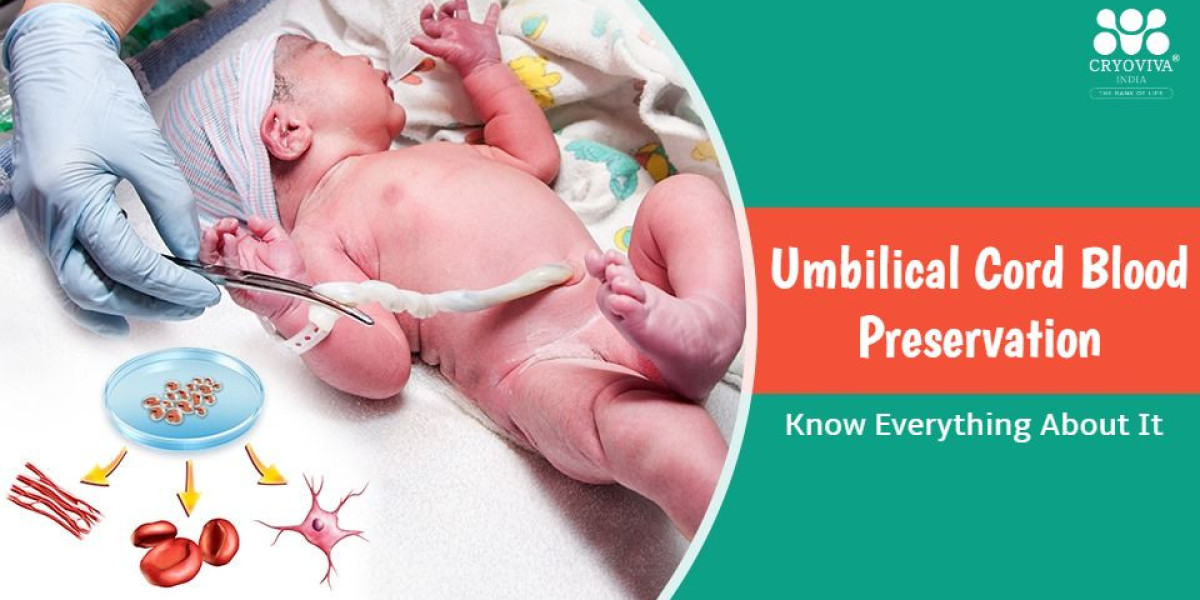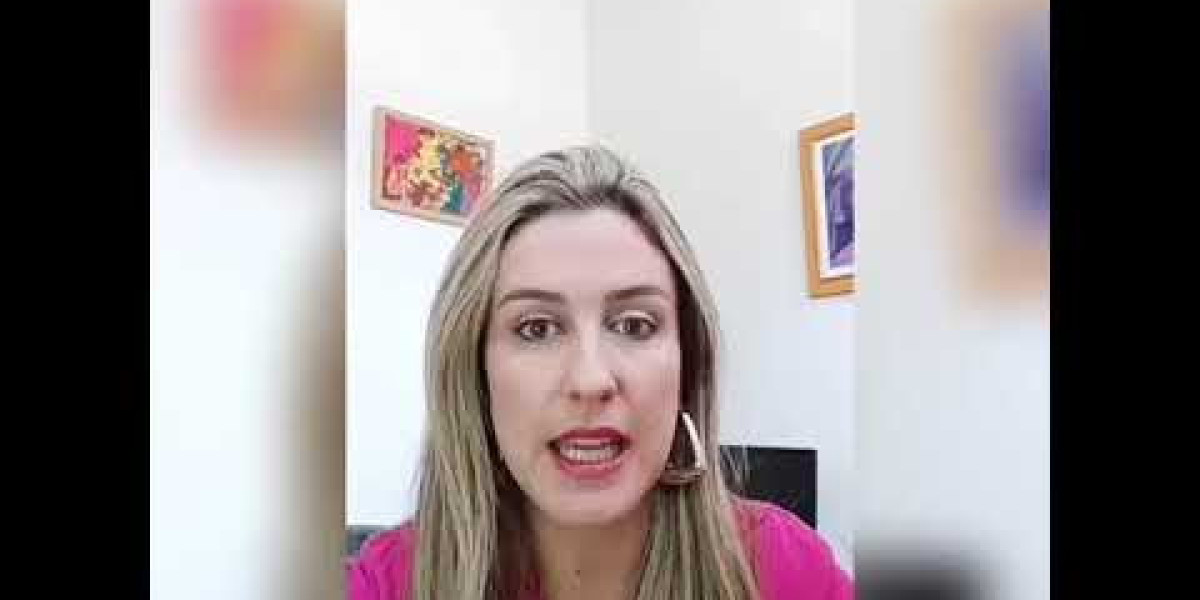The collection process for umbilical cord preservation takes place in multiple steps:
If you want the umbilical blood and cord tissue preserved after birth, the physician clamps the cord into two places, around 10 inches apart, and cuts it, separating mother and baby.
After that, they insert a needle into the cord to collect at least 40 milliliters of blood and scrape a segment of tissue. In some cases, the cord itself is preserved after the blood is extracted.
Within 24 hours, the collected cord sample arrives at the labs safely packaged in specialized transfer kits.
For optimal safety, the sample quality is assessed, and all necessary testing is carried out before the umbilical cord blood and cord tissue banking sample is preserved at a very low temperature.
Several biotechnology companies like Cryoviva simplify the process even more. The Cryoviva cord blood process is painless for the mother and the child and takes two to three minutes following delivery.
There are three options for umbilical cord storage:
Public cord banks: They don't impose storage fees. Any contribution made is accessible to those in need, including for research purposes.
Private (family) cord banks: The umbilical cord storage facility keeps the donated blood and tissue for the donor and their family members only. These banks charge an annual storage fee in addition to a processing fee.
Direct-donation banks: These combine both the private and public banks. Cord blood is kept there for public use, but donations intended for families are also accepted. There is no cost associated with this.
know more - https://shorturl.at/HGAE3





